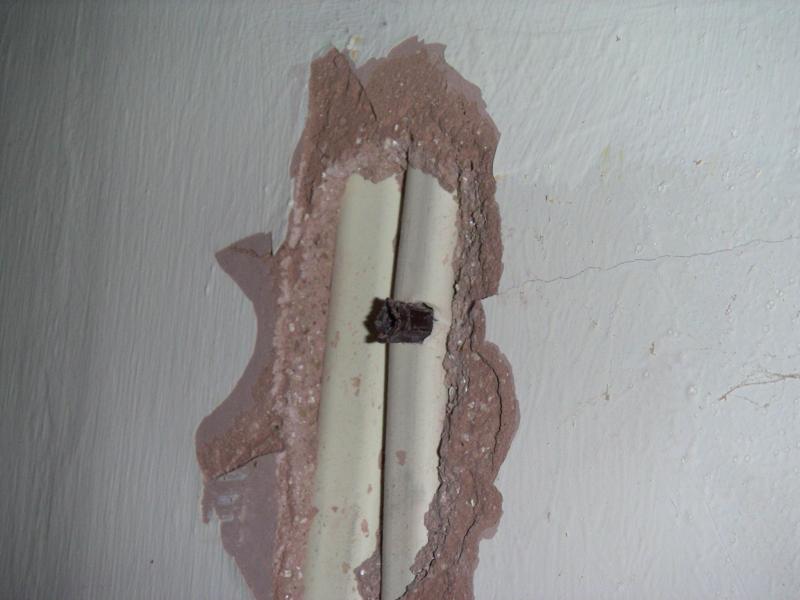i love most of my job, but what i hate is capping. my role as a sparky is to design an installation and i get proper enjoyment out of meeting clients stipulations. but when an arsehole who turns up from the insurance compnay turns up and ask why "i have not sheathed the cables". i responeded with"they are already sheathed". He said, "no, I want that covering on all the cable chases, that metal covering". I asked why he wanted it? he responded with the comment, "we would not want anyone to put a nail through it!!!". i asked him to watched me nail some capping on with a nice s-wing hammer. Answer was " but they might drill through it. I asked him why plastic cable chases were available.. He answered " we all all need to look after the environment. I said "plasterers expect cables to be below the surface so that they can do their job without damaging their tools" Answer from the man in a suit was "its easier to to drill through plastic than metal capping.
I give up, what a t@at
I give up, what a t@at



